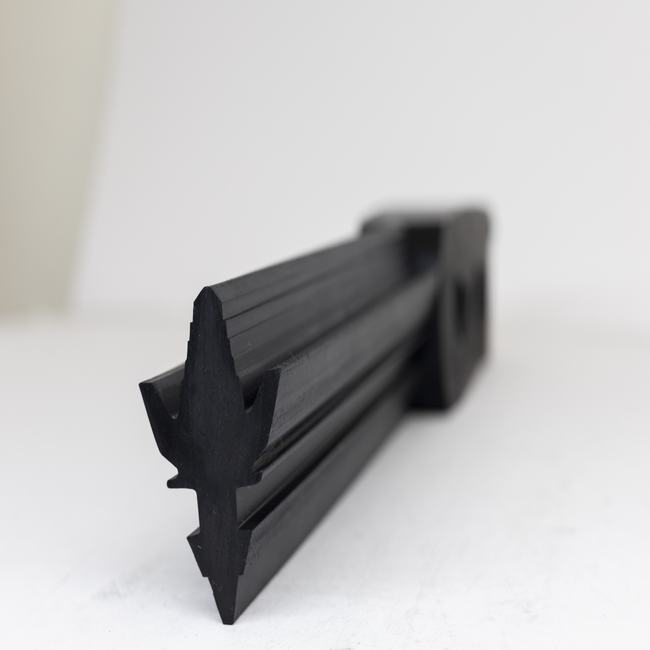Garage door seals, also known as garage door weatherstripping or garage door thresholds, are essential components used to seal and insulate the gaps around and underneath garage doors. They play a crucial role in maintaining the interior comfort of the garage, preventing the entry of unwanted elements such as rain, cold air, dust, pests, and noise. Here is a detailed description of garage door seals:
1. Material Composition:
- Garage door seals are typically made from various materials, including rubber, vinyl, silicone, or neoprene. The choice of material depends on factors such as climate, durability requirements, and cost.
2. Sealing Function:
- The primary function of garage door seals is to create an effective barrier against external elements. They seal the gaps between the garage door and the floor, sides, and top, ensuring that the interior of the garage remains protected from weather and pests.
3. Types of Garage Door Seals:
- Garage door seals come in various types to address specific sealing needs, including:
- Bottom seals: Installed along the bottom edge of the garage door to seal the gap between the door and the floor.
- Threshold seals: Placed directly on the garage floor in front of the door to create a raised barrier, preventing water and debris from entering.
- Side seals: Installed on the sides of the garage door to prevent drafts and insects from entering through the gaps between the door and the door frame.
- Top seals: Attached to the top edge of the door to seal gaps between the door and the header.
4. Size and Length:
- Garage door seals come in various sizes and lengths to accommodate different door sizes and configurations. It’s crucial to measure the gaps carefully to select the right seal size.
5. Installation Process:
- Installing garage door seals typically involves cleaning and preparing the surfaces, cutting the seal to the required length, and attaching it securely using adhesives, screws, or other fasteners.
6. Insulation and Energy Efficiency:
- In addition to sealing against external elements, some garage door seals provide insulation properties. Insulated seals can help improve energy efficiency by reducing heat loss or heat gain through the garage door.
7. Durability and Longevity:
- Garage door seals are designed to be durable and withstand various weather conditions, including extreme temperatures, UV exposure, and moisture. High-quality seals can last for several years with proper maintenance.
8. Maintenance:
- Routine maintenance, such as cleaning and inspecting the seals for damage, is essential to ensure their continued effectiveness. Damaged or worn seals should be replaced promptly.
9. Noise Reduction:
- Some garage door seals also offer noise-reduction benefits by creating a barrier against external sounds, making the garage a quieter and more comfortable space.
10. Environmental Considerations: – Properly installed garage door seals can help reduce energy consumption, making them environmentally friendly by lowering heating and cooling costs.
In summary, garage door seals are vital components for maintaining the integrity, comfort, and energy efficiency of a garage. They come in various types and materials to address specific sealing needs and can provide additional benefits such as insulation and noise reduction. Regular inspection and maintenance of garage door seals are crucial to ensure their continued performance.

